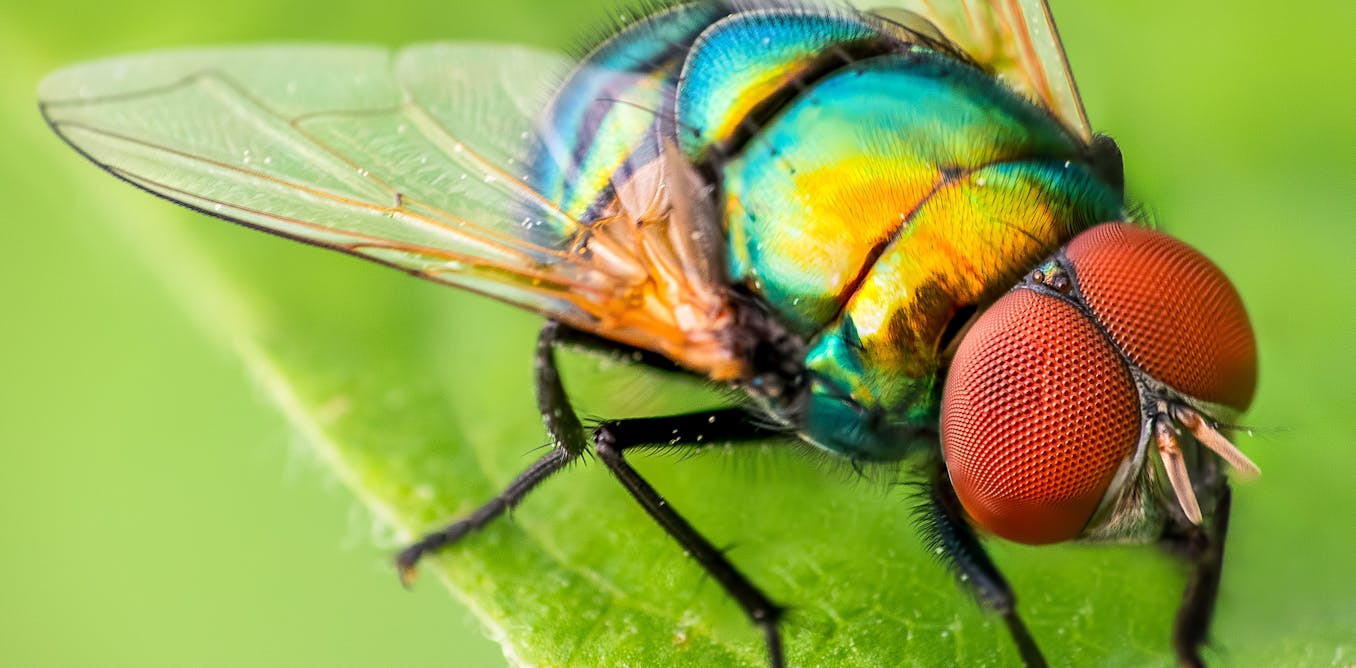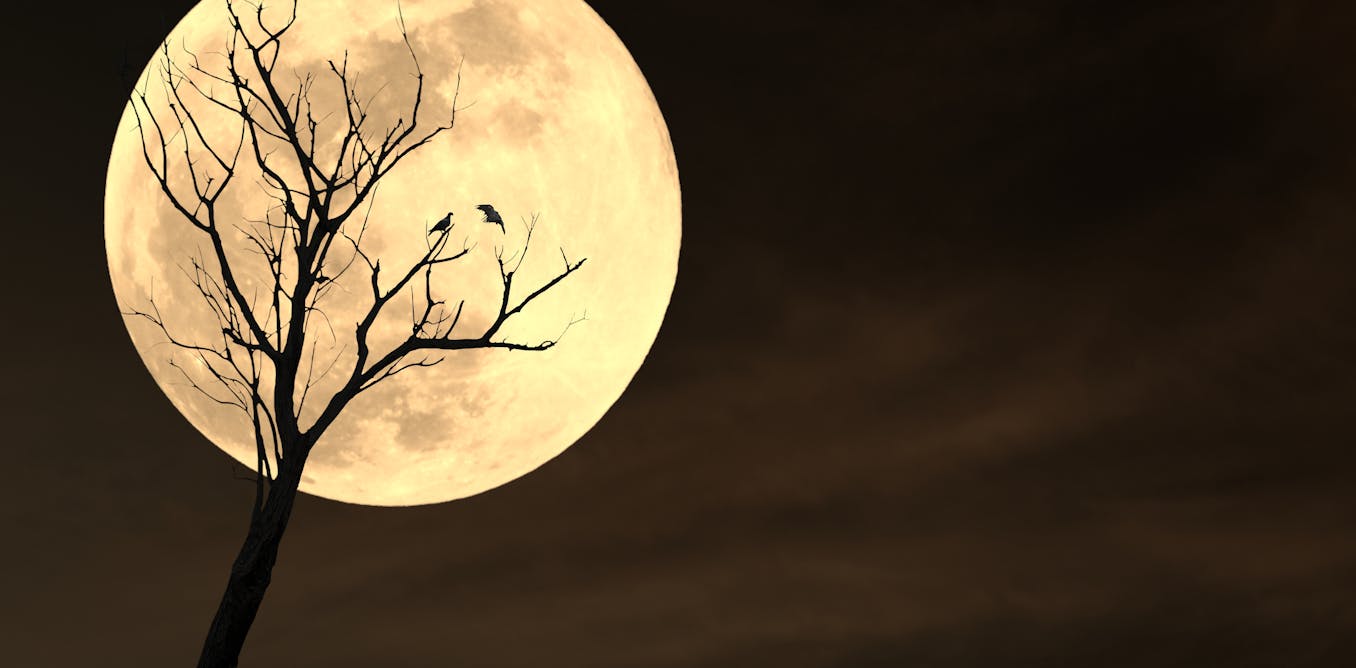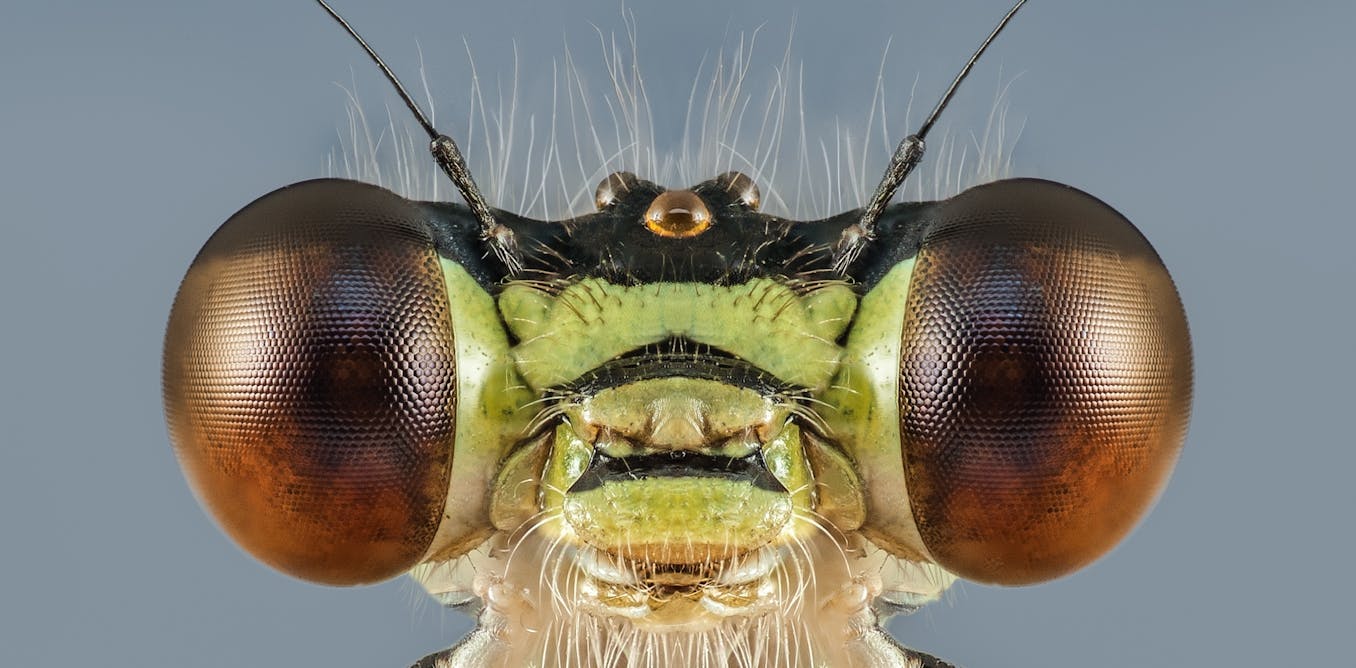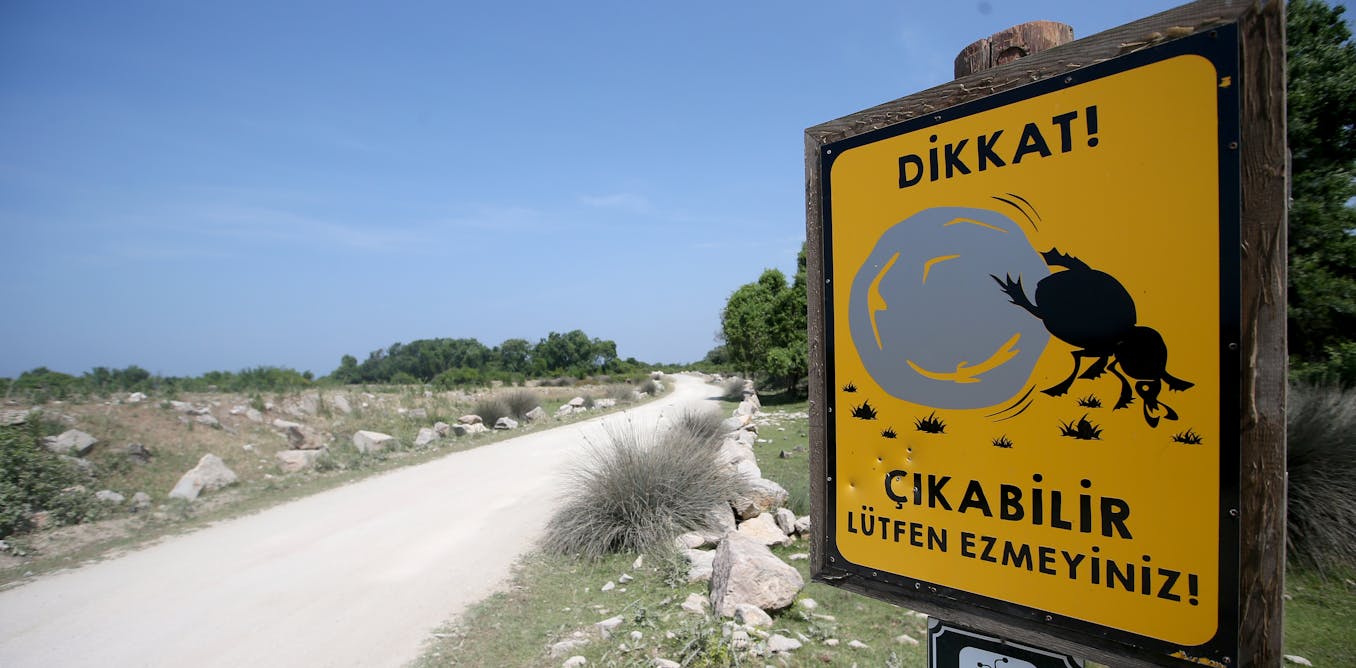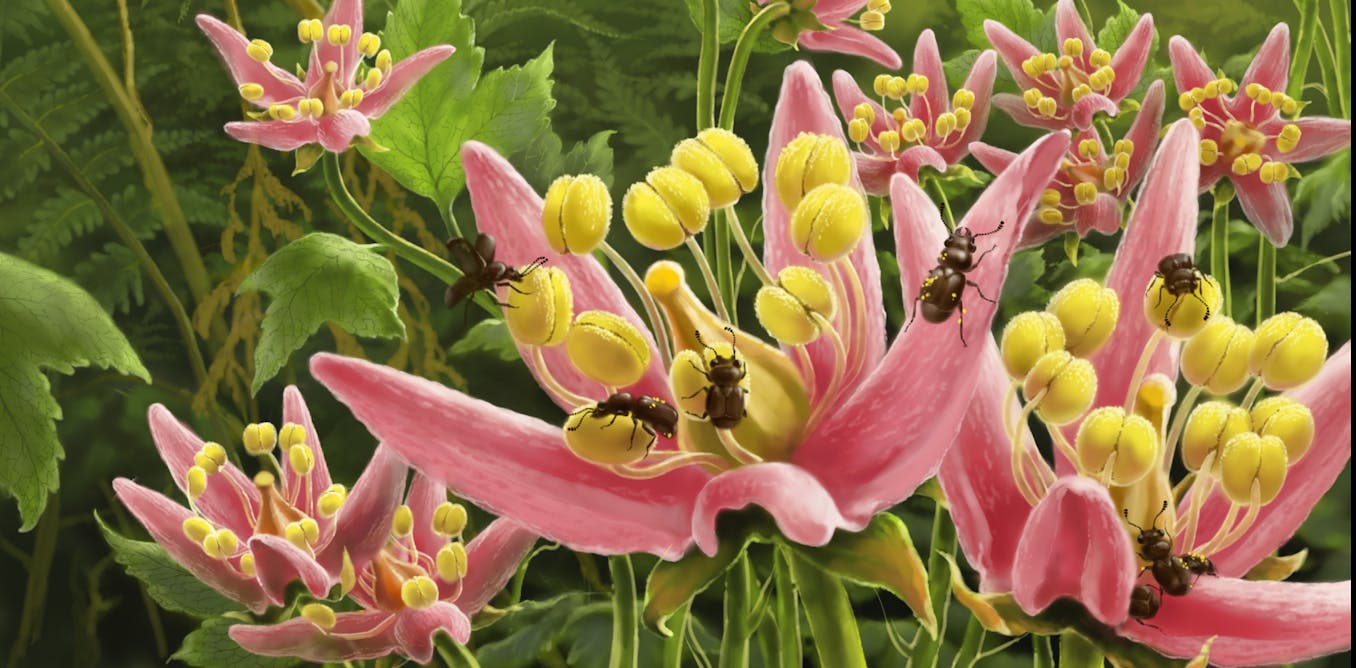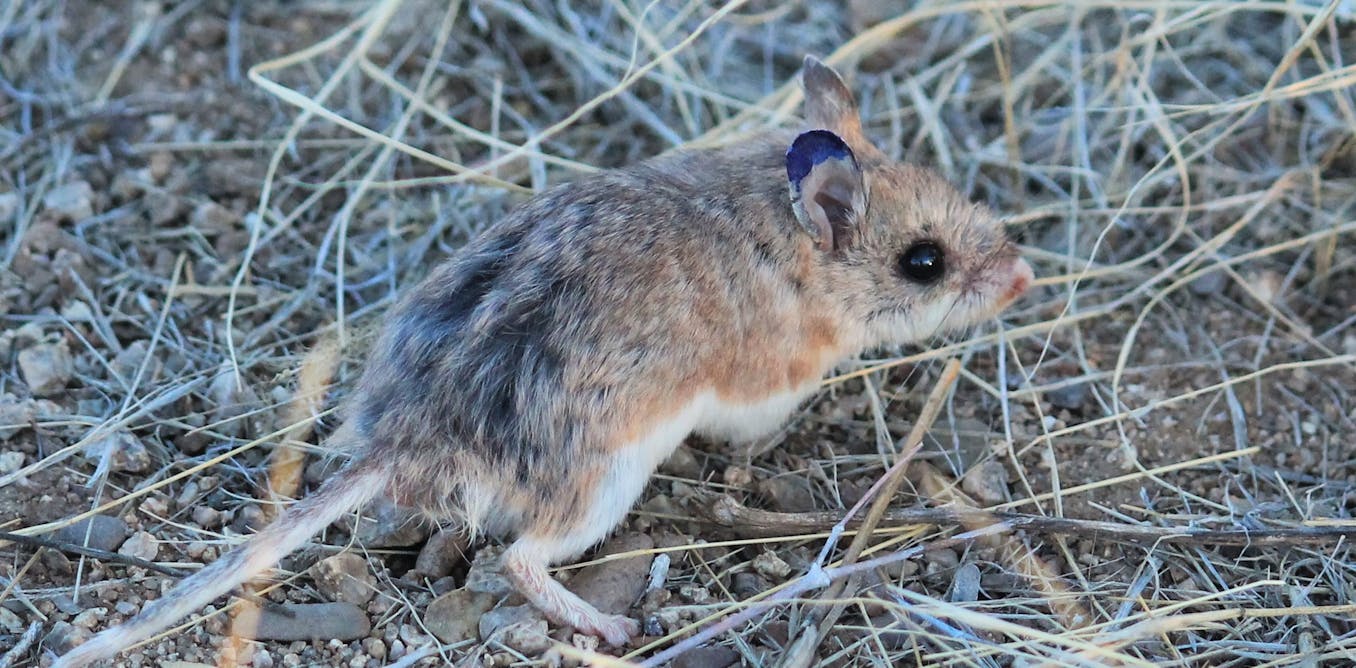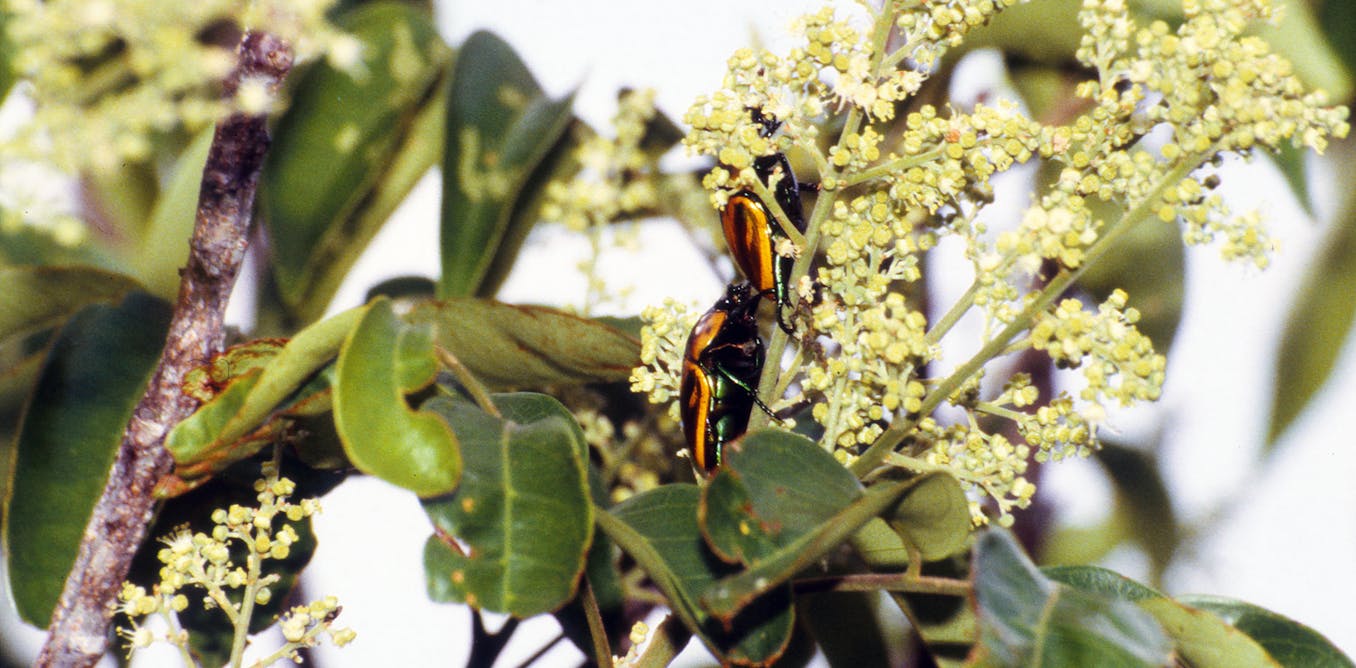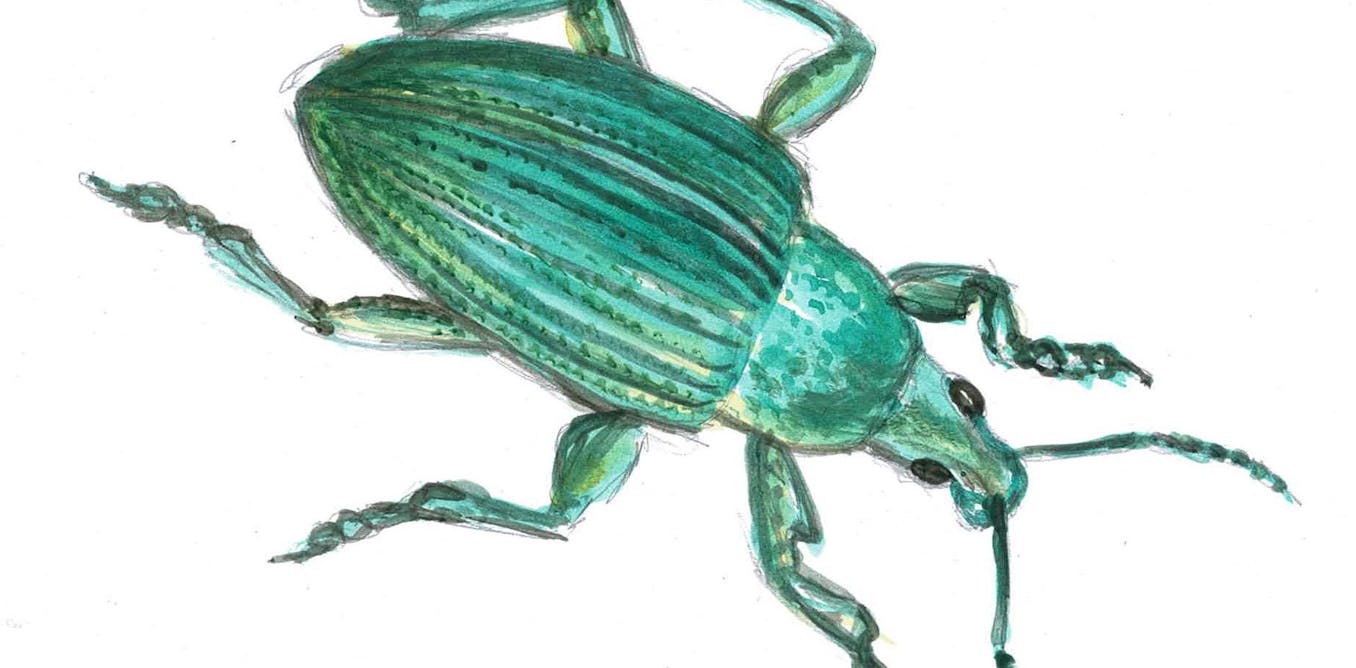Dung beetle mothers protect their offspring from a warming world by digging deeper
Everyone is feeling the heat these days – even species that develop underground.
Kimberly S. Sheldon, Associate Professor of Ecology and Evolutionary Biology, University of Tennessee •
conversation
Nov. 9, 2022 • ~9 min
Nov. 9, 2022 • ~9 min
Beetle parents manipulate information broadcast from bacteria in a rotting corpse
If you think only humans engage in disinformation, think again. Here is a stunning example of a beetle manipulating the odors emitted from a rotting corpse to keep it hidden from competitors.
Stephen Trumbo, Professor of Ecology and Evolutionary Biology, University of Connecticut
• conversation
Jan. 26, 2021 • ~9 min
Jan. 26, 2021 • ~9 min
Bitter battles between stinkbugs and carnivorous mice could hold clues for controlling human pain
Animals that regularly dine on toxic food may hold clues for designing new drugs to treat persistent pain in humans.
Lauren Koenig, PhD Candidate in Integrative Biology, Michigan State University •
conversation
Dec. 9, 2020 • ~9 min
Dec. 9, 2020 • ~9 min
Tiny treetop flowers foster incredible beetle biodiversity
In the Amazon, beetles and flowering trees have developed a tight bond. Hundreds of beetle species thrive off of and pollinate blossoms, helping to maintain some of the highest biodiversity on Earth.
Caroline S. Chaboo, Adjunct Professor in Insect Systematics, University of Nebraska-Lincoln •
conversation
Dec. 3, 2020 • ~6 min
Dec. 3, 2020 • ~6 min
How did insects get their colours? Crystal-covered beetle discovery sheds light
Researchers realised a dull-looking 13,000-year-old weevil was actually covered in brilliant green, blue and yellow nanoscopic crystals.
Luke McDonald, Postdoctoral Researcher, School of Biological, Earth and Environmental Sciences, University College Cork •
conversation
April 16, 2020 • ~7 min
April 16, 2020 • ~7 min
/
1

